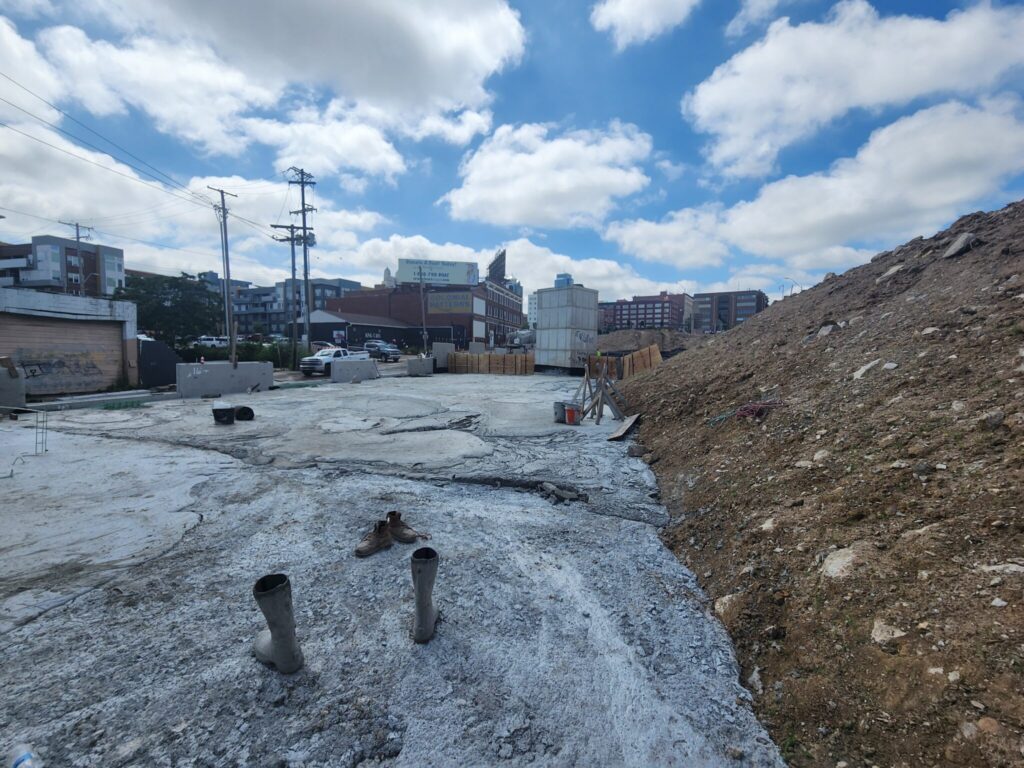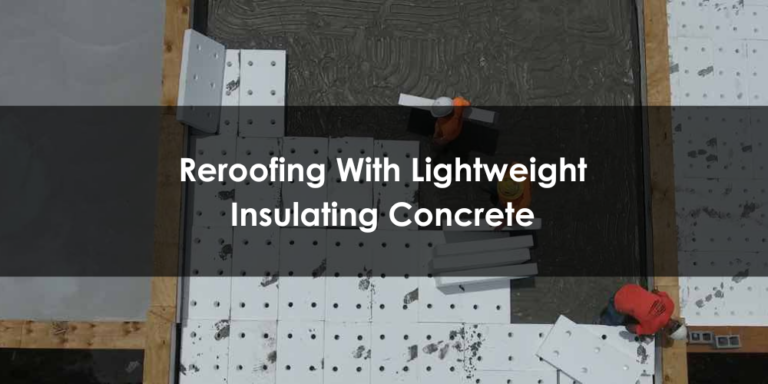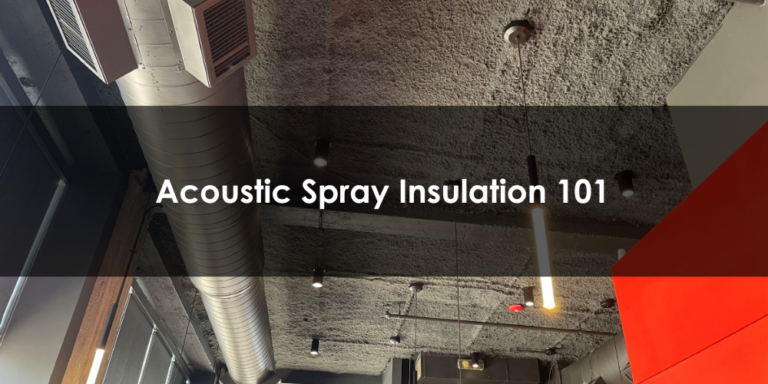
Flowable fill, also called low-density cellular concrete (LDCC), cellular grout, or engineered fill, is a common controlled low strength material (CLSM) for backfilling retaining walls, especially in applications that require reduced foundation or lateral loads. In this blog post, our flowable fill experts explain how and why to specify CLSM for MSE retaining walls.
What are MSE retaining walls?
Mechanically Stabilized Earth (MSE) walls are retaining structures that form a strong barrier, typically used along freeways, dams, riverbanks, businesses, or other high-traffic areas. MSE retaining walls are made up of three components:
- The facing: The portion of the wall that’s visible to the public, responsible for keeping the soil reinforcement and backfill from shifting or corroding.
- The soil reinforcement: Connects the facing and backfill, and provides the wall’s strength and durability. Soil reinforcement materials hold the backfill together and prevent it from shifting.
- Backfill: The backfill material is the main retaining force on the wall. There are a variety of backfill materials, including dirt, sand, gravel, and flowable fill.
Together, these components stabilize heavy loads near roadways or drainage systems.
Why build an MSE retaining wall?
Retaining walls are typically more affordable than fully concrete structures. They also take less time to construct, while offering the same strength and durability. As one of the most versatile types of retaining walls, MSE walls are flexible enough to shift with the earth.
Bearing pressure over an MSE retaining wall is distributed over a wide area, making it a common choice for civil engineers looking to reduce load pressure. Additionally, MSE retaining walls offer excellent drainage capabilities, which is why they are often built along riverways or dams.
Benefits of flowable fill as an MSE retaining wall backfill material
Nettles engineered fill consists of Portland cement, water, and preformed foam. The mix design, which may include fly ash or other aggregates to achieve specific densities and strengths, is customized for each MSE retaining wall project and the mixture is batched onsite by our flowable fill experts.
Here are a few reasons why flowable fill is an effective choice for retaining wall backfill applications:
Low installation time and small crew
Our engineered fill process requires only 4 or 5 crew members and can be performed quickly, without a dozer or a backhoe. Additionally, flowable fill is self-compacting and is completely ready to go within 24 hours.
High strength and low weight
Our flowable fill is one third to one half the weight of normal concrete fill, making it light but extremely strong and durable.
Reduced lateral forces
Flowable fill reduces lateral forces on adjacent structures compared to other types of fill. Once cured, flowable fill’s low permeability reduces the lateral pressure associated with water intrusion.
High flowability
Flowable fill can be pumped from up to a thousand feet away and can be poured even into narrow or constrained spaces, making it ideal for any size and location of retaining wall.
Cost
The cost of flowable fill varies depending on the location and volume of pour required. However, since flowable fill can save up to 50% of the overall construction time, it is a cost-effective option for many MSE retaining wall applications.
Nettles can help with your next retaining wall project
Our flowable fill experts are happy to consult with you! We pour flowable fill backfill in the entire central United States, from the Gulf of Mexico up through the Dakotas. Contact us today to get started.




